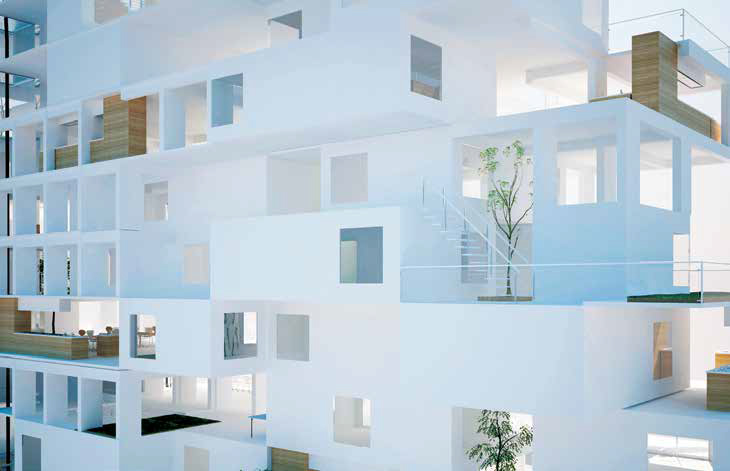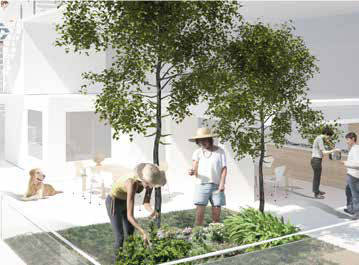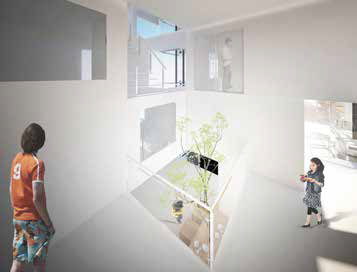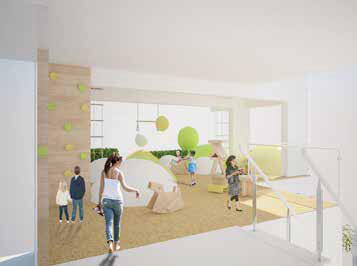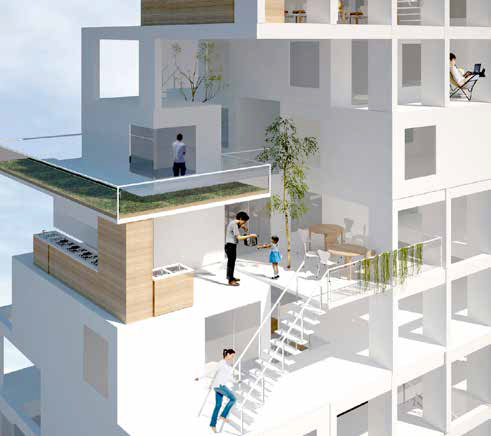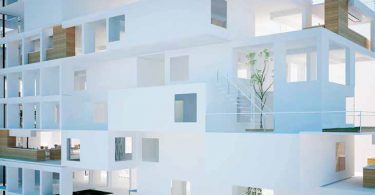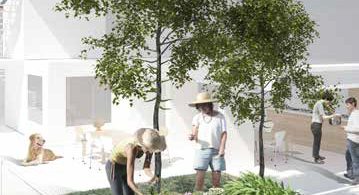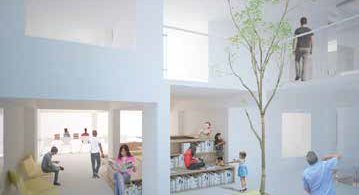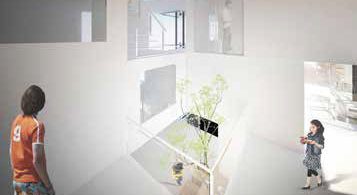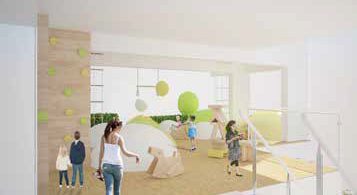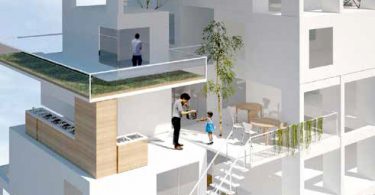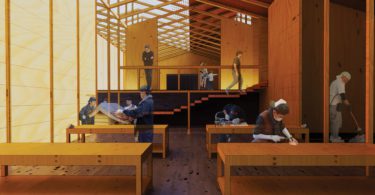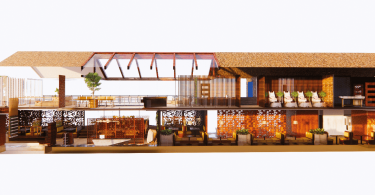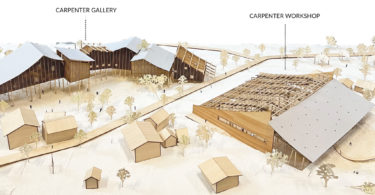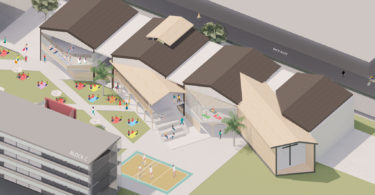This design proposal aims to regenerate an old Housing & Development Board (HDB) block of flats by introducing the Kampong Spirit and translating it into an architectural language through the arrangement of dwellings and the conceptual functions that were applied into the building. The regeneration can be achieved through a better neighbourhood relationship.
SITE RESEARCH
The site research started in Kampong Lorong Buangkok, which is the last kampong that is still existing in mainland Singapore. It was built in 1956, and rich in heritage and history. Currently, it houses 28 families (18 Chinese and 10 Malay). Residents pay about SGD15 per month to rent the houses. They continue to enjoy the slower pace of life that the kampong offers. Kampong environment also embodies an important factor—Kampong Spirit, which is defined as a sense of looking out for one another.
The environment can affect the neighbourhood’s relationships. The small scale of the kampong provides more opportunities for people to meet and be familiar with one another. The open public spaces that were formed naturally—such as the footpath and courtyard—create chances for residents to meet. Most of the residents know one another well as they grew up and played together. The kampong acts like a natural playground for children. The natural environment in the kampong creates chances for interaction between neighbours. For instance, residents can share fruits from the trees—which do not belong to any specific person—during the harvest seasons. As there are no shops inside the kampong and the nearest shop is a 20-minute walk away, people borrow from and return things to their neighbours, creating connections and allowing for more communication.
COLLECTIVE LIVING
The selected site is an HDB flat located in Ang Mo Kio Avenue 1, which is a slab block with a long and narrow corridor that was built in 1978. It was uninhabited before but is currently rented to low income families who are waiting to buy their own flats. This block houses 154 units, but the current occupancy is about 70 per cent. It was chosen because it has lost its vitality and become lifeless. The residents tend to lock their doors even if they are at home. The only unit type is a two-bedroom flat.
Conceptually, introducing a collective living programme to the building creates more functional public spaces and ensures the privacy of each unit at the same time. After an analysis of the composition of the residential units—living room, bedroom, toilet,bkitchen, dining room and storeroom—it was found that some of the functions can be opened and shared with others, especially the kitchen and dining room, but some functions like the bedroom, toilet and storeroom should be totally private spaces. As people are the foundation of a community, other functions are also needed by residents to enrich their lives in a neighbourhood.
There are two types of systems in this collective living: one is the Farming-Cooking-Dining system in which residents can cook and dine together in the collective kitchen and communal dining spaces. They can also grow food resources together. The collective kitchen and communal dining spaces are public spaces that promote interactions among the residents. This system is only to be shared among four or five units, which makes it small-scale. The kitchen is a place that allows most of the connections to happen. For example, people are able to borrow or exchange food resources, recipes and cooked food. The communal dining space is a platform for residents to meet and know more about one another because they can communicate while dining.
Another system is the Small-scale Functions that are integrated within the living areas such as day care, elderly’s activity centre, exercise point, as well as library and audio rooms. All these functions are designed to fulfil people’s needs and provide more platforms among the residents to meet and interact. The scale of this system is to share among the entire floor horizontally or six families vertically.
Structurally, the columns and beams support the building and introduce a new arrangement of the units. Grids were created to help in the planning of public functional spaces and private dwellings—including the layout of each dwelling.The building is divided by 25 by 5 grids, and each single grid’s size is 2,500 by 2,500 millimetres from the plan and 12 by 25 grids from the elevation. A three-dimensional cube has a dimension of 2,500 by 2,500 by 2,500 millimetres.
The planning for each unit’s layout was started by using the grid. Basically, there are three private components in each unit: bedroom, toilet and living room. The toilet takes up one cube, the bedroom takes up two cubes and the living room takes up three cubes. The combination of each component may vary according to the different sizes of families. For instance, a single apartment will occupy six cubes, including one toilet, one bedroom and one living room. A house for a three-member family will take up eight cubes and a six-member family will take up nine cubes. These are the three main unit types inside the building. All these unit cubes are stacked on top of one another, offering a wide variety of enclosed, private and open public spaces as well as flexibility in use.
All the shared public functions are placed into some of the open spaces accordingly. This arrangement also creates a new circulation, which is not just a straight corridor to get home. There will be some activities that happen along the corridor, which increases opportunities for interaction. On the other hand, staircases play an important role in ensuring small scale interactions as residents may share the public spaces vertically, so the staircases join them together.
PROJECT DATA
Student Name: Meng Qing Nan
School: Nanyang Polytechnic School of Design
Supervisor: Zalina Sapie
Project Name: Kampongminium
Location: Ang Mo Kio Avenue 1, Singapore
Building Height: 15 storeys
Images/Photos: Meng Qing Nan



